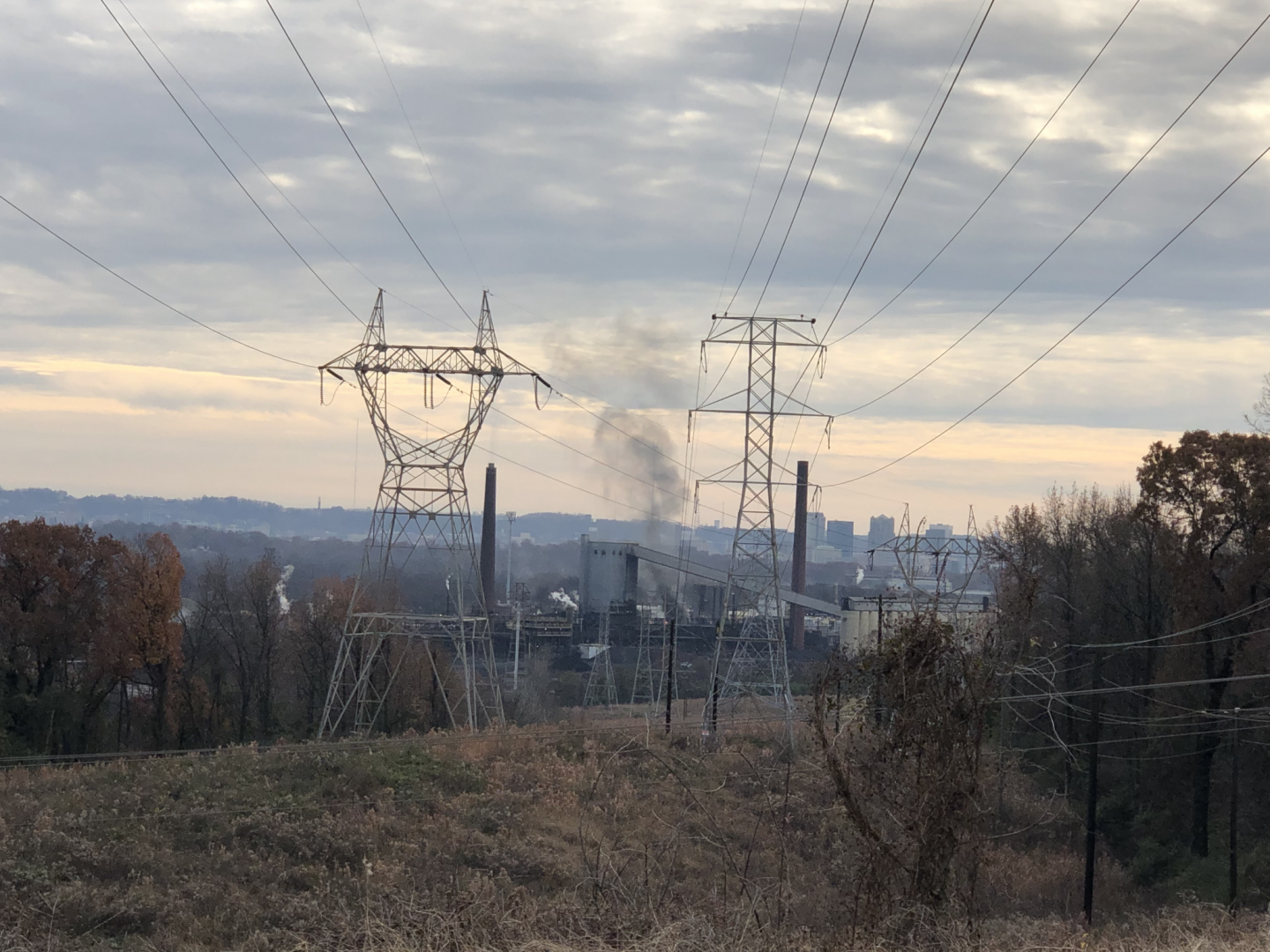The Clean Air Scientific Advisory Committee (CASAC) of the Environmental Protection Agency (EPA) makes recommendations to the EPA administrator regarding National Ambient Air Quality Standards for criteria air pollutants, including particulate matter. This process requires CASAC to analyze research and make determinations regarding causality. A particular study may show a clear association between two variables, but an association does not necessarily mean causation. Recent research has shown that particulate matter less than 2.5 microns (PM 2.5) is causing health problems at concentrations lower than expected and below the current standard. This indicates that the standard needs to be lowered in order to protect our health. At the same time, the chair of CASAC, Dr. Louis Anthony (Tony) Cox Jr., has been trying to drastically change the process by which causality is evaluated by the EPA. There is concern that this new untried approach, known as manipulative causation, would allow important studies that demonstrate the need for stricter standards to be discounted and ignored.
The analytic framework that the EPA has been using, the one this new approach would replace, incorporates and expands on the well-established and widely-accepted guidelines put forth by Bradford Hill in 1965 for assessing causality. The Bradford Hill guidelines are: temporality, analogy, consistency, plausibility, coherence, specificity, biological gradient, experiment, and strength. Using these guidelines, the causal nature of the association of PM 2.5 and health effects is clear. The guideline of temporality is satisfied because exposure to PM 2.5 occurs before the health problems happen. By analogy, the harmful effects of PM 2.5 are in line with the well-documented harmful effects of smoking. The observational studies consistently show similar effects of particulate matter on health among different populations. The adverse health effects of PM 2.5 are worse at higher levels indicating a biological gradient, otherwise known as a dose-response relationship. For obvious reasons, researchers cannot intervene and expose study participants to high levels of PM 2.5 for a long period of time. For this reason, experimental studies with animals and short-term exposure experiments with humans are very important. These experiments have demonstrated adverse effects that reinforce the conclusions from observational studies. The results from varied types of studies are coherent with one another. The mechanism by which air pollutants causes harm involves pulmonary and systemic oxidative stress leading to chronic inflammation and DNA damage. Delineation of this mechanism has meant that the harmful effects of PM 2.5 on human health are biologically plausible.
Appropriate usage of the Bradford Hill guidelines does not require that all nine guidelines be satisfied in order to attribute causality. Current scientific evidence satisfies most of the Bradford Hill guidelines for causality with two exceptions. Because PM 2.5 causes oxidative stress and chronic inflammation, many organs are affected and the effects are not specific. The other exception is the guideline of strength. Exposure to PM 2.5 increases the risk of various health effects by relatively small percentages compared to smoking, but because of the large percentage of people who are exposed to air pollution, the toll air pollution takes on human health is substantial. PM 2.5 has definitively been shown to increase the risk of cardiopulmonary diseases (e.g. heart attacks, heart failure, lung cancer), cardiopulmonary mortality, and all-cause mortality.
The World Health Organization estimates that 4.2 million premature deaths occurred in 2016 because of outdoor air pollution. It is imperative that the EPA fully and carefully analyzes all of the relevant research and acts to protect our health by reducing particulate matter pollution.
References:
Bowe B, Xie Y, Yan Y, Al-Aly Z. (2019). Burden of cause-specific mortality associated with PM 2.5 air pollution in the United States. JAMA Network Open.
Goldman GT, Dominici F. (2019). Don’t abandon evidence and process on air pollution policy. Science. 3631398-1400.
Hill AB. (1965). The environment and disease: association or causation? Journal of the Royal Society of Medicine. 108: 32-37.



